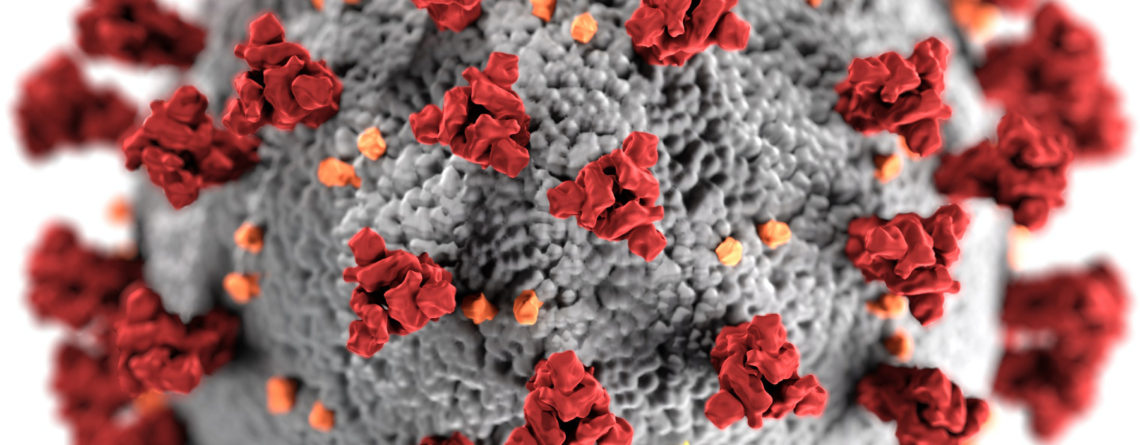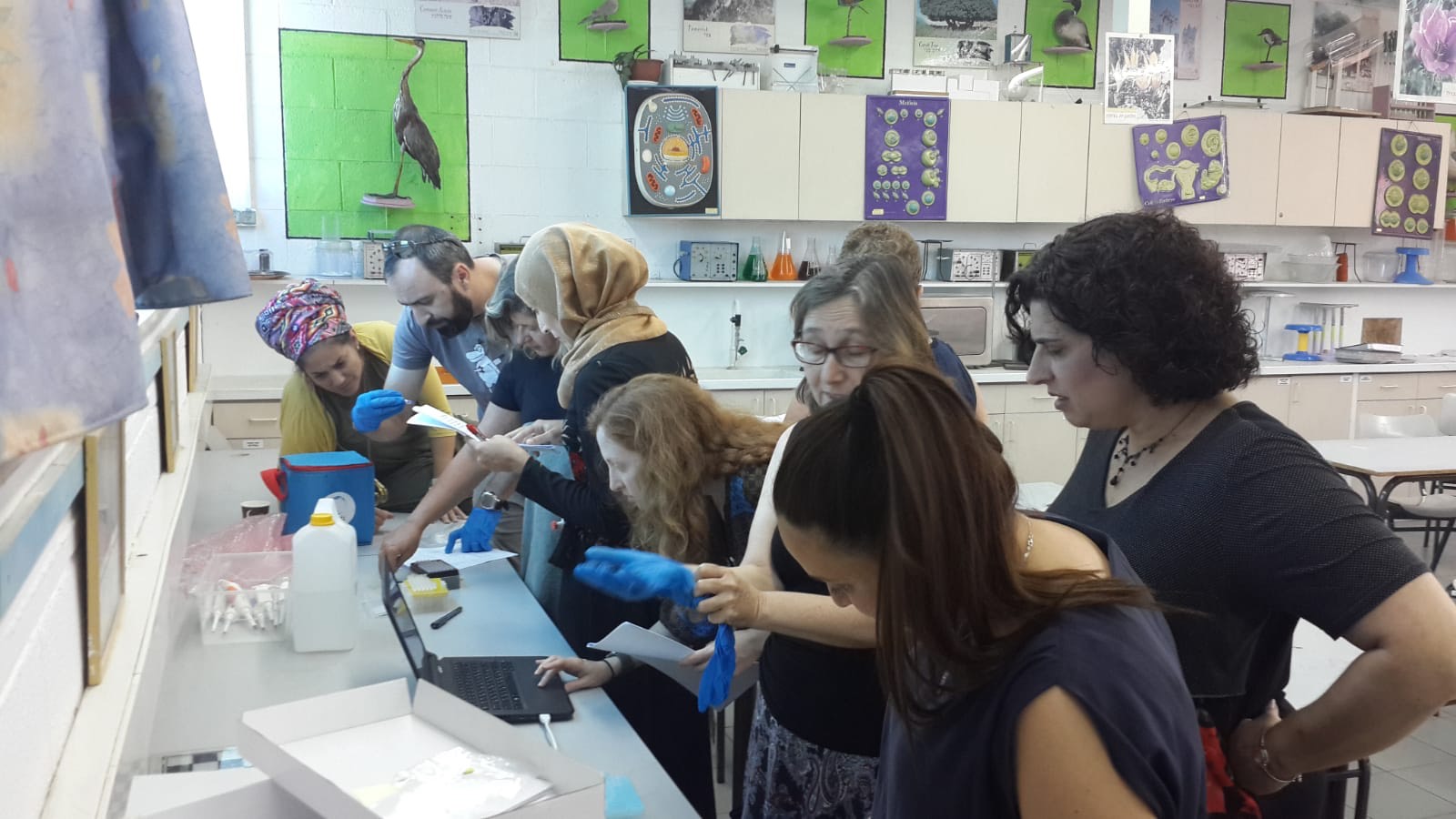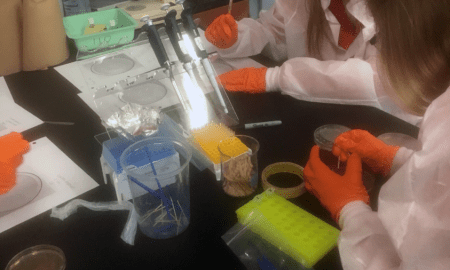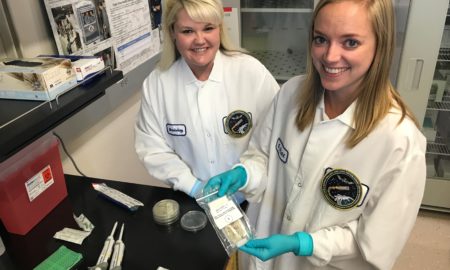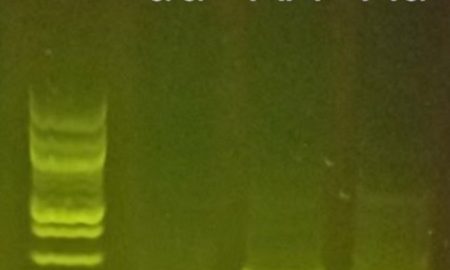Teaching COVID? Electrophoresis and qPCR-based options for your classroom

The COVID-19 pandemic has thrust molecular biology techniques in popular discourse like never before, and with that thrust has come a need for quality educational resources.
We’ve tried to meet that demand through free resources, webinars and videos, and new hands-on labs. You can check out our entire library of free COVID-19 resources, including educational webinars and DNAdots that explain topics like mRNA vaccines and qPCR in simple language.
miniPCR bio also offers two great options for hands-on labs related to COVID-19:
- Viral Diagnostics Lab: An introduction to viral pandemics using gel electrophoresis. In this lab, students act as clinicians and use gel electrophoresis to determine if patients complaining of viral symptoms have seasonal flu or are infected with a fictional emerging virus. This lab provides a simple procedure along with engaging curriculum that can be adapted for classes ranging from intro biology to college level with the inclusion of an extension activity that examines the evolutionary relationship between viral variants.
- COVID qPCR Lab: Teaching the gold standard in COVID diagnostics. In this lab, students use PCR and fluorescence visualization to screen fictional travelers at an airport for infection with SARS-CoV-2. By using PCR and fluorescence visualization, this lab more accurately depicts the procedures used for COVID-19 testing while still using affordable, easy-to-use, and easy to understand tools.
Both labs engage students with a hands-on activity to explore how viral infections are diagnosed using molecular tools. Because the Viral Diagnostics Lab only uses gel electrophoresis, the procedure is less complex. The COVID-19 qPCR Lab gives students a chance to practice the gold-standard technique used for COVID-19 detection.
| Viral Diagnostics Lab: Beating the Next Pandemic | COVID qPCR Lab: Diagnosing SARS-CoV-2 Infection | |
|---|---|---|
| Primary technique | Gel electrophoresis | PCR with fluorescent readout (optional: gel electrophoresis) |
| Required equipment |
|
|
| Level |
|
|
| Time to complete | One 45-minute class period | Two 45-minute class periods or a single 1-hour lab block depending on approach |
Disclaimer: no pathogenic materials are used. These experimental protocols engage students in a simulated patient diagnosis exercise. None of the materials provided in these lab kits pose a pathogenic risk. For educational use only. Not for diagnostic use.
